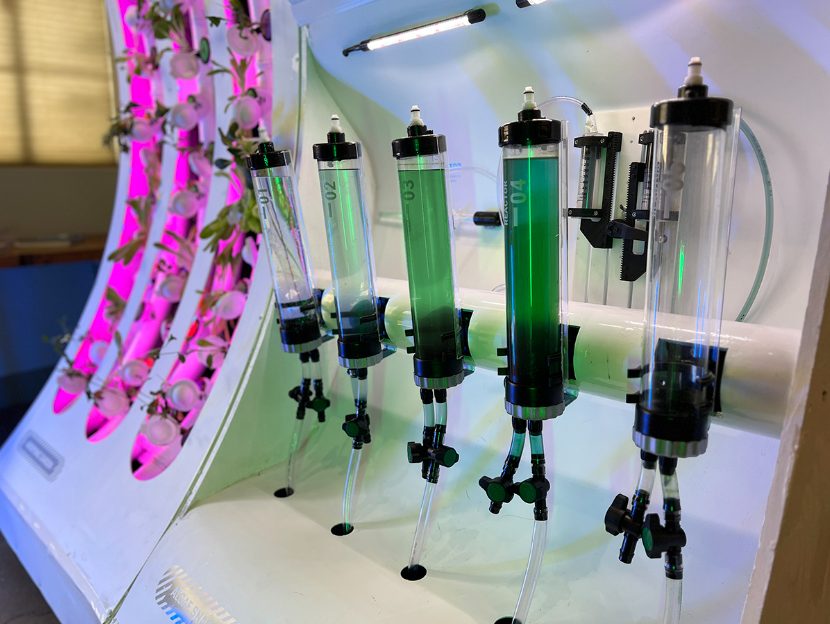
©Nonfiction
Pre-reading questions:
I will read each question. Then, please answer them.
講師がそれぞれの質問を読むので答えましょう。
- Do you think astronauts eat the same food as we do when they are in space?
- Can you survive eating only preserved and flavorless food for a long time?
Vocabulary:
I will read the words, meanings, and sample sentences. Then, repeat after me.
単語、意味、例文を読みます。講師に続いて音読しましょう。
- solve /solv/
- system /SIS-tuhm/
- enjoyable /en-JOI-uh-buhl/
- choice /chois/
- benefit /BEN-uh-fit/
[verb] – to find an answer to a problem
The detective tirelessly worked to solve the mysterious murder case.
[SIS-tuhm] – a set of connected things or devices that operate together
The computer operating system underwent regular updates and maintenance to ensure optimal performance and security.
[adjective] – An enjoyable event or experience gives you pleasure.
Hiking is an enjoyable outdoor adventure for nature enthusiasts.
[noun] – the range of different things from which you can choose
The menu offered a wide choice of dishes, ranging from traditional favorites to exotic cuisine.
[noun] – a good or helpful effect
Learning a second language has cognitive benefits, such as enhanced memory and improved problem-solving skills.
Article reading:
Please read the whole article. Then, I will check your pronunciation and intonation.
記事を音読しましょう。講師はあなたの発音とイントネーションを確認します。
NASA and the Canadian Space Agency launched the Deep Space Food Challenge to solve the problem of healthy food on long space trips. The team Astra Gastronomy created a compact kitchen system called the Space Culinary Lab. It lets astronauts grow plants, cook meat, and make coffee in space. The lab aims to make space food more enjoyable and give astronauts more choices.
The Space Culinary Lab has four parts: munch, sizzle, yum, and snap. The snap part has a wall of small plants called microgreens for flavor and psychological benefits. The munch part grows microalgae for a nutritious snack. The sizzle part has a mini microwave to “grill” food. The yum part has a machine for making drinks and sauces. The microalgae is shaped into balls or cubes and stays fresh for a few days. They carefully chose flavors to mix with the algae. Some mixes are savory, like peanut butter, oats, onion powder, vinegar, and algae. Others are sweet, like fruit powders mixed with algae.
The Space Culinary Lab has four parts: munch, sizzle, yum, and snap. The snap part has a wall of small plants called microgreens for flavor and psychological benefits. The munch part grows microalgae for a nutritious snack. The sizzle part has a mini microwave to “grill” food. The yum part has a machine for making drinks and sauces. The microalgae is shaped into balls or cubes and stays fresh for a few days. They carefully chose flavors to mix with the algae. Some mixes are savory, like peanut butter, oats, onion powder, vinegar, and algae. Others are sweet, like fruit powders mixed with algae.
True or False:
Read the sentences and identify if they are true or false based on the article.
文章を読んで、記事に基づいて正誤を答えましょう。
- NASA and the Canadian Space Agency launched the Deep Space Food Challenge.
- The Space Culinary Lab allows the astronaut to do his laundry in space.
- The lab aims to make space food more enjoyable and provide more choices.
- The snap part has microgreens for flavor and psychological benefits.
- The food from the Space Culinary Lab all tastes like algae.
Fill in the blanks:
Choose the correct word from the table then fill in the blanks.
適切な言葉を選んで空欄を埋めましょう。
| solve | system | enjoyable | choice | benefit |
- The boy scouts built a makeshift irrigation ___________.
- ___________ the equation to find the area of the pyramid.
- Regular exercise has numerous ___________ for both physical and mental health.
- It’s important to consider all the ___________ before making a decision.
- As a shy person, I think reading and drawing are highly __________ activities.